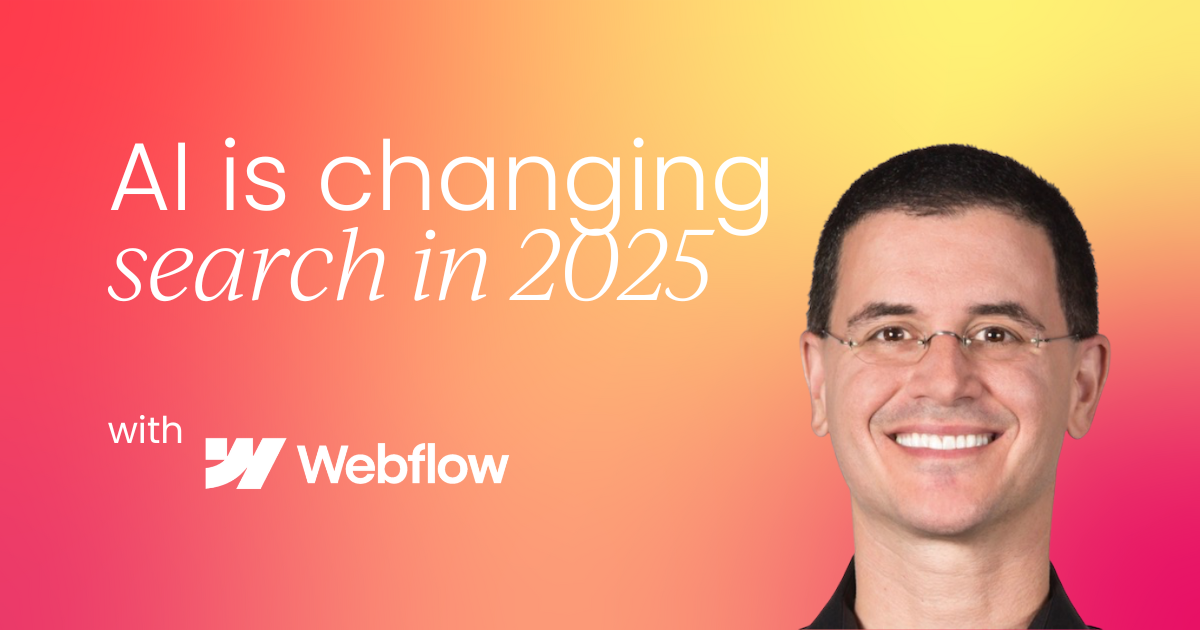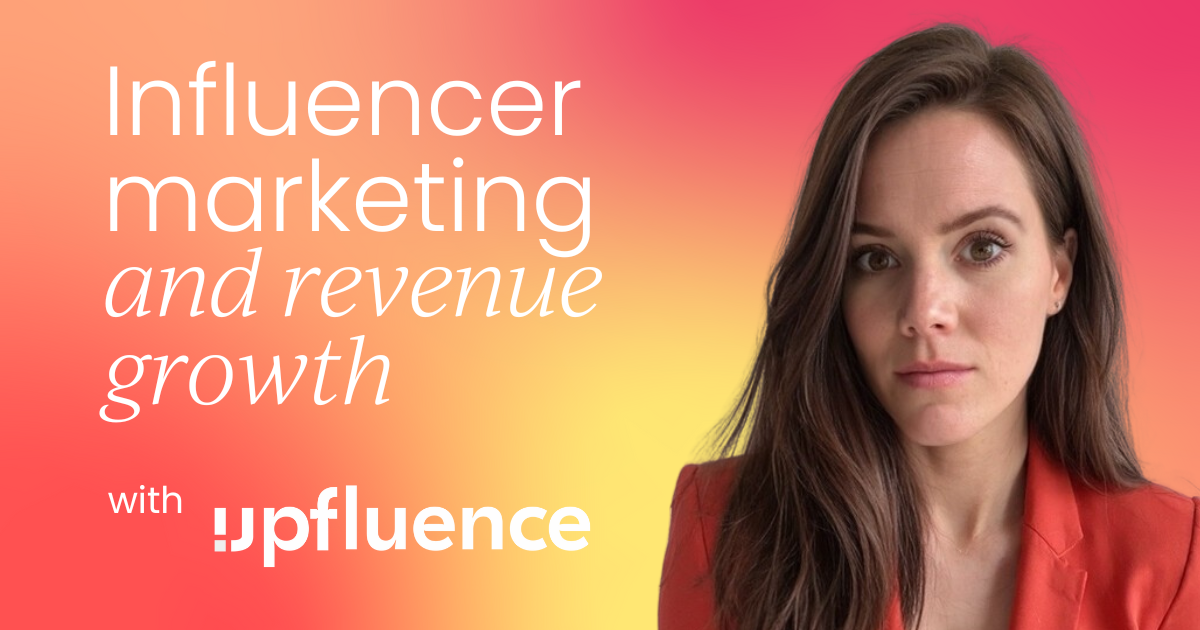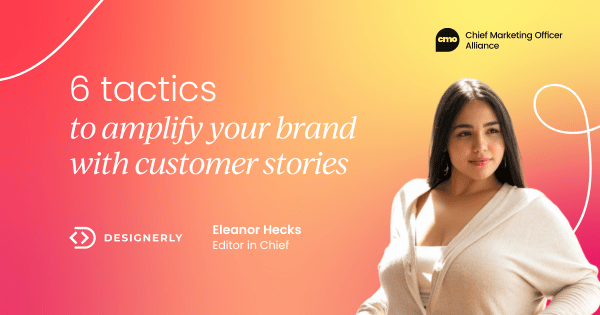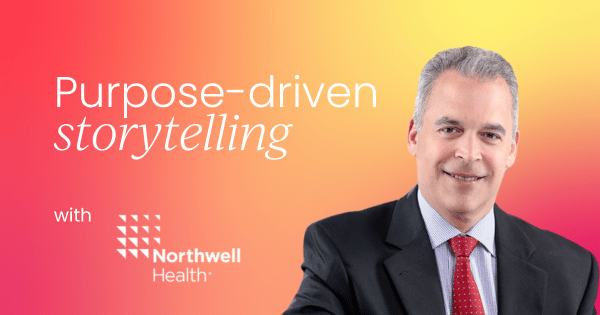As a relatively new brand, how do you compete with industry players that have been around for centuries?
At Northwell Health, we realized that winning consumer attention doesn’t rely on massive budgets but on telling stories that matter. Over the past six years, we've seen firsthand how purpose-driven storytelling can build real connections. Inspired by unexpected sources like the Marvel Cinematic Universe, we developed a unique approach to connecting with our audience.
In this article, I’ll walk you through our journey, sharing how we’ve used authentic narratives to boost our brand, stay culturally relevant, and tackle critical societal issues.
Let’s dive in.
Understanding Northwell Health
Northwell Health is a relatively new brand in the New York market, born about 30 years ago. But don't let that fool you – we're actually a pretty big shop and could rightly take our place in the Fortune 500. We're about an $18 billion organization, and we'll close this year at around $20 billion in revenue.
We're the largest health system in the metro New York market, about three times larger than our nearest competitor. We have around 88,000 employees, including about 20,000 nurses and 7,000 physicians. With 21 hospitals and a thousand points of entry where consumers can seek services, we treat about six million patients a year.
New Yorkers have some great choices for healthcare, with literally storied institutions. Think about New York Presbyterian – their hospital charter was signed in 1771 by King George! Or NYU Langone, which started as an educational institution in the 1860s.
As you can imagine, there’s a real battle for share of mind in this hyper-competitive market.
Navigating a competitive healthcare market
In such a competitive market, gaining consumer attention and driving engagement is paramount. We realized that traditional approaches (often focused on transactions and the slice of health that consumers experience within an institution) weren't enough.
Our first step was to really understand the consumer's journey and redefine what "health" means to them.
Instead of a transactional view, we adopted a longitudinal perspective. We aimed to be relevant to consumers throughout their entire health journey. Think about what health empowers in your life: your love, your passion, your career. As the pandemic highlighted, all of this is jeopardized when you don't have your health.
By staying in emotional territory and being culturally relevant, we’re elevating health from a typically low-interest category and making our content much more accessible and engaging.
Addressing hidden societal issues
Part of this longitudinal journey involves acknowledging hidden dangers in society that consumers may not actively consider until they are brought to their attention. Once these issues surface, it opens the door for meaningful conversations.
Take gun violence, for example. In 2019, it tragically became the leading cause of death for children in the U.S., a stark contrast to other Western industrialized countries, where automobile accidents typically hold that position.
We felt it was crucial to be relevant to this crisis. We launched the first national campaign on gun violence, with creative designed to alert parents to this lurking danger. We then made this creative available to 157 other health systems to use in their markets. This is just one example of how we’re showing up differently and engaging consumers on issues that truly matter.






.png)









 Follow us on LinkedIn
Follow us on LinkedIn




